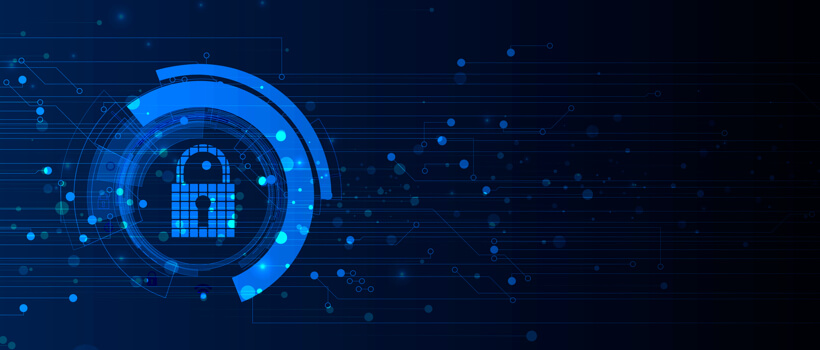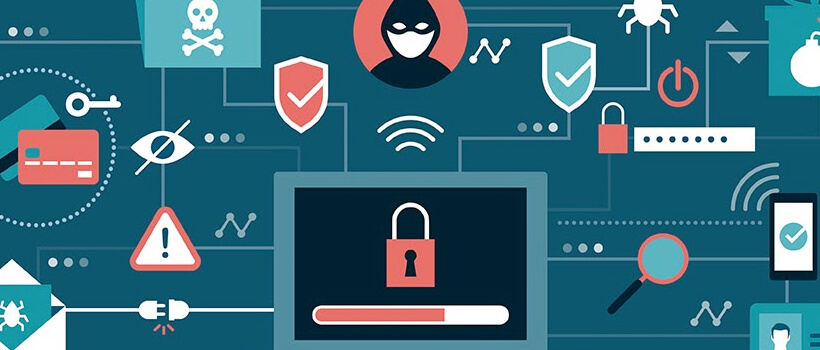5 Key Cybersecurity Advancements to Secure Digital Solutions in 2021

Table of contents
- Introduction
- Multi-factor authentication
- Cloud services
- Protection against Ransomware
- Extended detection and response systems
- Conclusion
Introduction
As the world has become more digital, new opportunities have come to the surface bringing along with them certain risks. Data in the name of information is the new currency. It is only reasonable that with the growth of the significance of data, the threats to its security have increased. The more delicate the data, the more sophisticated and untraceable the attack. The cybersecurity market is estimated to grow from 217.90 billion USD in 2021 to 345.40 billion USD by 2026 at a CAGR of 9.70%. This growth is attributed to the investments that have come from the increase in awareness of cyber threats to global organizations across all sectors. During the COVID-19 pandemic, the necessity of work-from-home practices caused a significant shift to adopting technologies like cloud, IoT, and virtual networks, leading to various government regulatory mandates. It thus becomes important to educate ourselves on the latest developments when it comes to cybersecurity. Following are the emerging trends and advancements in the field of cybersecurity that we must be aware of:
-
Increase in the use of Multi-factor authentication
Multi-factor authentication, or MFA, uses two or more pieces of evidence for the authentication mechanism while electronically logging into a system. This model usually helps weigh out many risk factors against valuable assets. One of the most common forms of MFA is using one-time passwords sent to an email or a message after entering the username and passwords. MFA authentication models are based on three aspects of additional information:
- Knowledge in the form of password or PIN
- Possession in the form of a laptop or mobile
- Inherence in the form of biometric or voice recognition
-
Protection of Cloud Services
The data shift to cloud computing systems has increased the chances of attacks on cloud services. Many cloud protection architectures have come into existence based on shared responsibility principles. Network segmentation, robust access management for user-level privileges, vulnerability assessment, password control, and disaster recovery methods are examples of security measures. Before migration to the cloud, business organizations need to trust and select cloud security providers that offer exceptional security and data protection resources with a proven track record.
- Control over the Internet of Things and other devicesThe rapid increase in the use of IoT devices has increased the opportunities for cybercrime. Compared to a laptop or a phone, an IoT device has a lesser amount of memory space to install a firewall, antivirus, or other security application making it an easier target for hackers. However, despite the risk factors, there are many IoT security solutions that are available in the market to secure the IoT network. IoT end-to-end encryption methods when used along with public key infrastructure tactics can provide for the secure transmission of various types of data. Authentication of IoT devices is a must and the use of security analytics to detect intrusion and potential attacks is a good practice. The use of IoT devices is a great boon to technology nonetheless, it requires more vigilance and alertness.

-
Rise in mitigation tactics of ransomware attacks
Ransomware attacks usually use encryption techniques as a form of crypto virology to capture access to information from an organization or a person unless ransom has been paid. Ransomware attacks are not new to us but have existed as a threat for the last two decades. However, the emergence of cryptocurrencies has made it easier for attackers to commit crimes and escape in untraceable ways. Robustness and awareness play an important role in security against such attacks. Using a proxy server for internet access, maintenance of good recovery plans, backup, network segmentation, email controls, and monitoring ransomware access points are some of the ways ransomware attacks can be prevented.
-
Extended detection and response systems
Extended detection and response, abbreviated as XDR, are centralized systems that follow security orchestration, automation, network traffic analysis, and endpoint detection to provide security and generate a response in case of detection. This helps in providing visibility across endpoints, cloud systems, and networks thereby collecting threat intelligence for analysis to increase detection accuracy. Many XDR vendors are working on advanced security by expanding into identification, cloud access, and secure access service edge to improve security offerings with better operations.
Conclusion
The policy of the zero trust principle has led to the development of many platforms and software architectures as the businesses have moved beyond office perimeters. Not long ago the organizations that hardly used to take cybersecurity seriously are now investing in building strong defense systems for the security of the data and looking for more innovative solutions to bring to the table. This has also led to the rise in the need for skilled security professionals. It is an ever-evolving field and the people involved are always on their toes, making it an interesting arena.
Cybersecurity is all about outsmarting your adversaries. The quest to continuously look for potential vulnerabilities in your organizational system is intellectually challenging but at the same time financially rewarding. From the business perspective, it is too essential to overlook and regret later. As the attacker and hackers are becoming smarter, we should ask ourselves if we are doing everything in our power to combat their tactics and prevent them from happening. Cybersecurity is not just an essential business element but a necessary one.
Tags: Cloud, cyber security, datasecurity, IoT
![Blog-[x]cube LABS](https://d6fiz9tmzg8gn.cloudfront.net/wp-content/uploads/2016/06/blog_banner.jpg)







